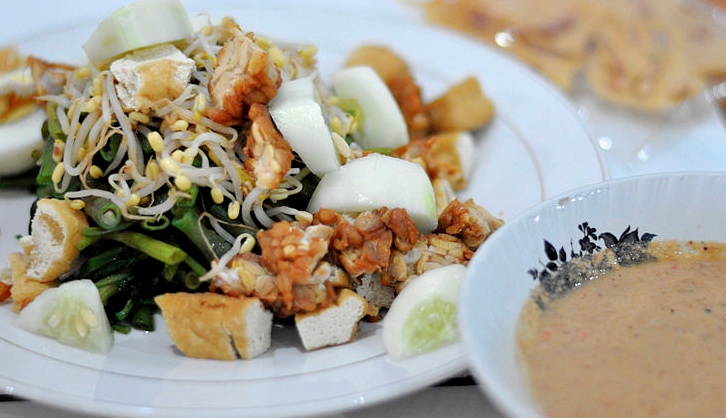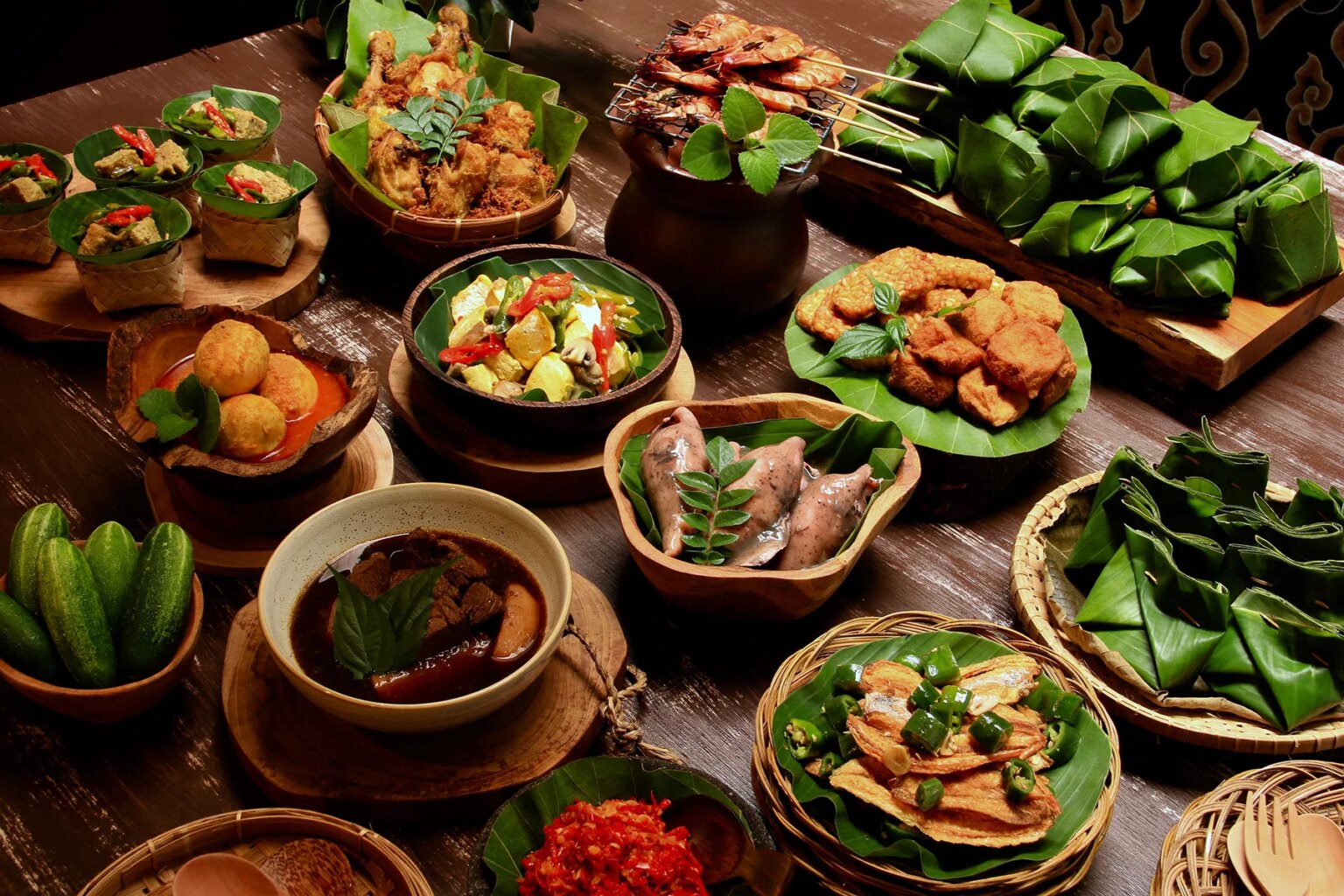Are you wondering what a rijsttafel is? To newcomers, it might seem curious that saté is a popular dish on so many cafe menus in Amsterdam and around the Netherlands. Here’s a guide on the delicious Dutch-Indonesian cuisine in the Netherlands.
HelloFresh
Spice up your kitchen adventures by bringing restaurant-quality food into the comfort of your own home. HelloFresh provides fresh and innovative recipe boxes direct to your front door. Choose from a wide range of recipes that are perfect for taking your cooking to the next level. Get more from mealtime with HelloFresh.
Indonesia and the Dutch
The Dutch arrived in Indonesia in the 16th century in search of cloves, nutmeg, and pepper during the height of the spice trade. When the Dutch East India Company (VOC) went bankrupt in 1800, Indonesia became a treasured colony of the Netherlands. During this period, the Dutch embraced the delicious Indonesian cuisine both at home and abroad.

There are now many Indonesian restaurants in the Netherlands, especially in large cities like Amsterdam, Den Haag, Utrecht, and Rotterdam.
Indonesian ingredients like boemboe, sambal and ketjap can be found at nearly every Albert Heijn in the Netherlands. The Indonesian influence is also visible in Dutch-Indonesian fusion foods like patat met satesaus and chicken saté on many cafe menus. Indonesian restaurants around the Netherlands often include foods from Suriname like roti on their menu as well.
Indonesian food in the Netherlands
Following is an A to Z guide to some common Indonesian foods you might find around the Netherlands in restaurants and grocery stores.
Ayam: Ayam or ajam is the Indonesian word for chicken. It is common in soups, grilled on skewers and braised in sauces among many other recipes. Saoto ayam is one of my favourite soups. Have you tried it? You can find delicious saoto ayam at Spang Makandra and ‘t Saoto Huisje in Amsterdam.
Bami: Bami are thin egg noodles commonly served stir-fried (called bami goreng) with garlic, onion, meats, vegetables, egg, and chili. This dish came to Indonesia through the Chinese, based on their chow mein. Bami goreng often comes as a main dish or with meats and vegetables.
Boemboe: a spicy-sweet chili paste for cooking Indonesian dishes. You can find many types of boemboe at Albert Heijn and other grocers.
Gado-gado: Gado-gado is a popular Indonesian vegetable dish that comes with bumbu kacang or peanut sauce. Ingredients in the salad can include cooked vegetables and potatoes, raw cucumber and lettuce, fried tofu or tempeh, and peeled and sliced hardboiled egg.

Ketjap: This Indonesian soy sauce comes in several varieties. Ketjap manis is a sweet, thick version while ketjap asin is similar to a light soy sauce. On the other hand, ketjap manis sedang is somewhere between ketjap manis and ketjap asin.
Kroepoek: these are puffy, crunchy prawn crackers that typically come as an appetizer.
Loempia: These spring rolls are made of rice paper and are usually filled with vegetables, meat, and noodles, then deep-fried. They often come with a sweet and sour chili sauce.
Nasi: Nasi means rice. It commonly comes in the form of nasi goreng, which is rice that has been stir-fried with onion, garlic, ketjap manis, tamarind, and chili. Nasi goreng is the national dish of Indonesia. Enjoy it on its own or as an accompaniment to many foods.
Rames: The word rames refers to a complete dish with nasi and/or bami, vegetables, and meat or tempeh. A rames dish usually costs about €5–15.
Rendang: Meat, typically red meat like beef or lamb but sometimes chicken, that cooks slowly in coconut milk and spices; this is rendang and is one of our favorite Indonesian dishes. The spices may include ginger, garlic, galangal, turmeric, lemongrass, and chili. It usually comes with vegetables and rice or noodles.
Rijsttafel: A large meal for sharing amongst a group, rijsttafel (rice table) is actually a Dutch invention. It consists of rice with many small dishes of spiced vegetables and meats. Rijsttafel is on the menus of Indonesian restaurants all over Amsterdam. A rijsttafel usually costs between €20–30 per person. A good place to try rijsttafel in Amsterdam is Tempo Doeloe or Kantjil en de Tijger.

Sambal: Sambal is a spicy ground chili sauce that commonly comes as a condiment or used in cooking Indonesian food. Yum!
Saté: Satay is an Indonesian dish of meat marinated in spices, then skewered on sticks and grilled over a flame. The meat often goes with a spiced peanut sauce, which the Dutch also call saté or satésaus.
Satésaus: Peanuts came to Indonesia from Mexico through Spanish and Portuguese traders in the 16th century. They became a staple in the diet throughout southeast Asia. Peanuts are common in many Indonesian dishes, and satésaus features them as the starring ingredient. This sauce is a perfect savory balance of slightly sweet as well as slightly spicy.
Spekkoek: Spekkoek, a spicy layer cake, is a Dutch-Indonesian invention. Some believe that this tasty treat is related to the Dutch speculaas cookies with their similar clove, cinnamon, and ginger flavor. Spekkoek is very labor-intensive to prepare, but it’s worth the price!
Tahoe: this is the Dutch-Indonesian word for tofu. Chefs generally fry or sautee it with a spicy sauce.
Tempeh: Made from fermented soybeans bound into cake form, tempeh is a vegetarian product originally from Indonesia. It is delicious when marinated, then fried or sauteed, and is often served with spiced sauces. Another favorite of ours!






